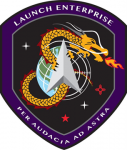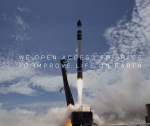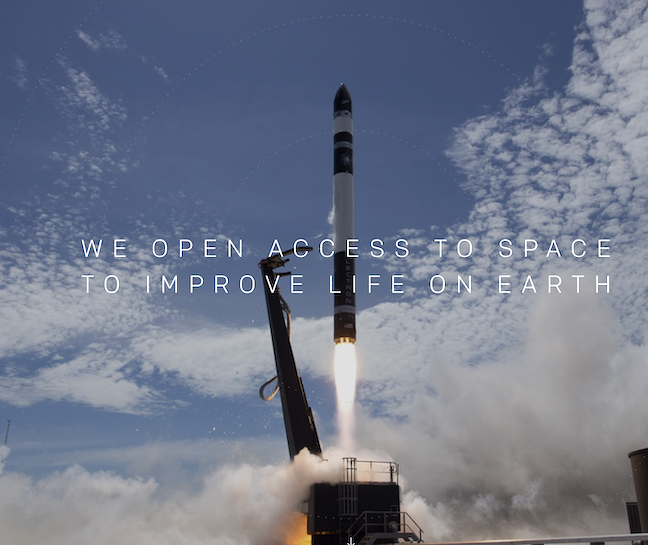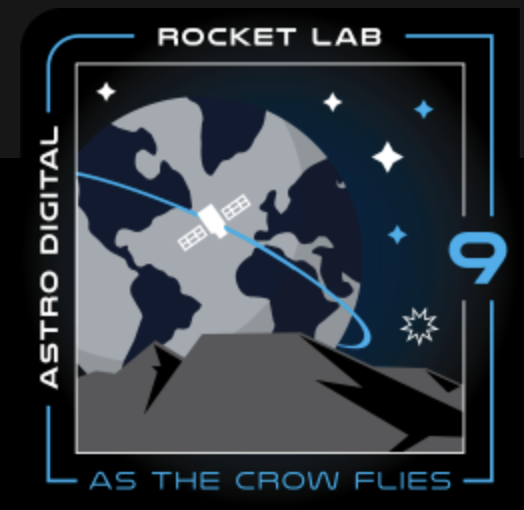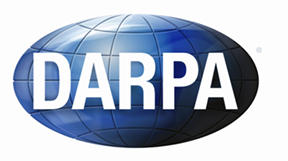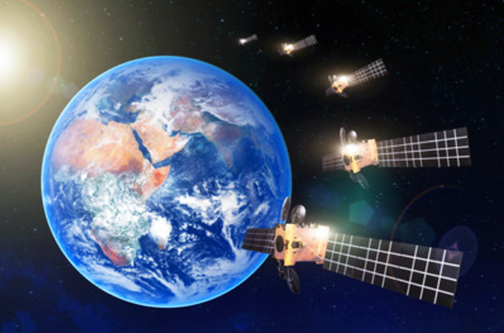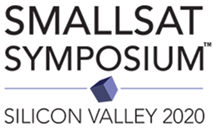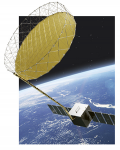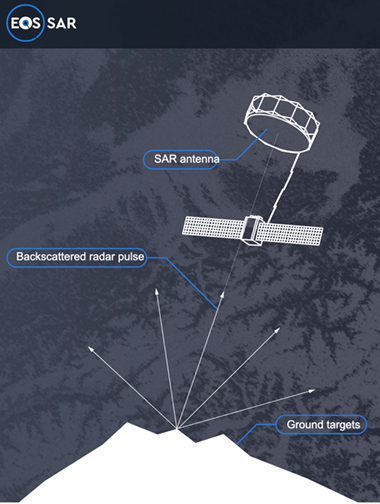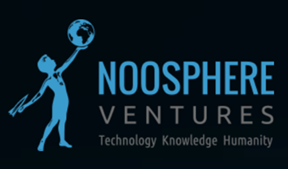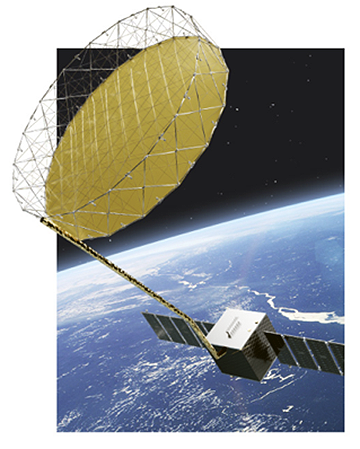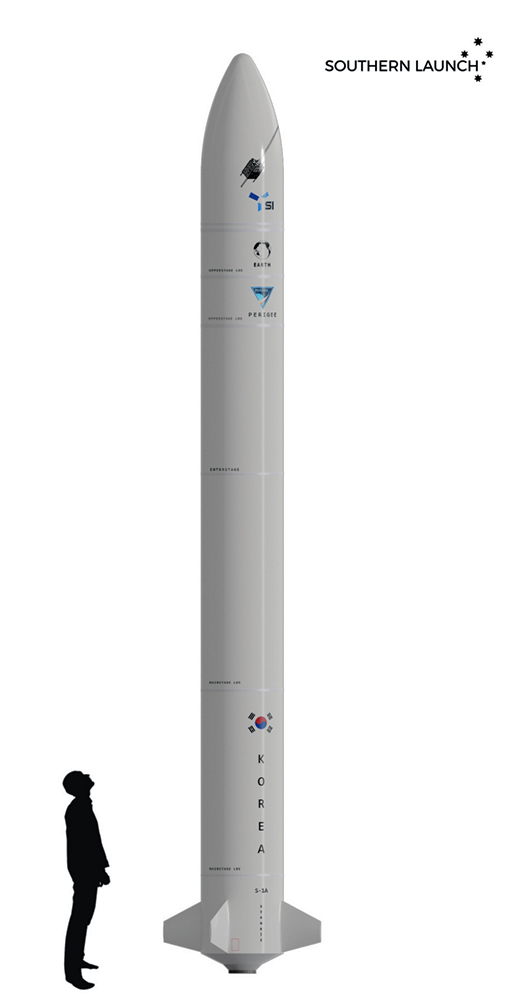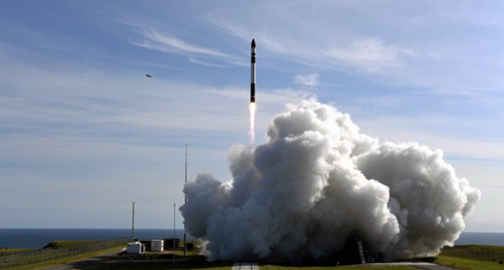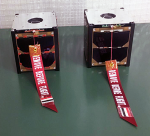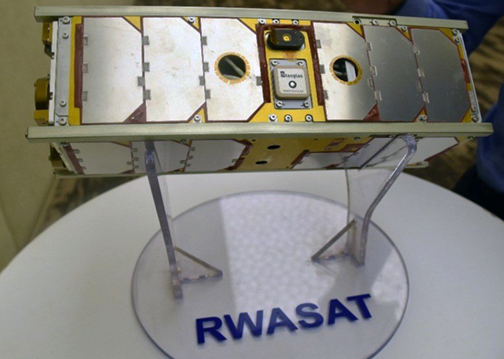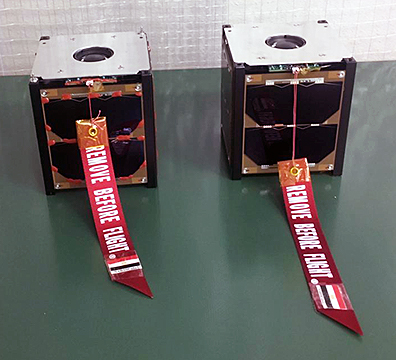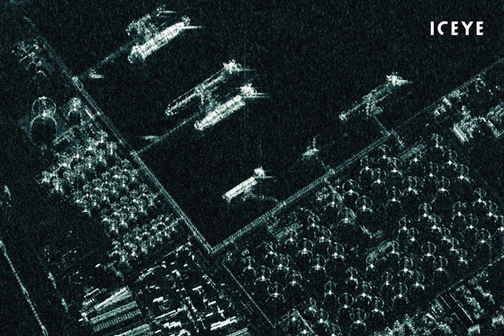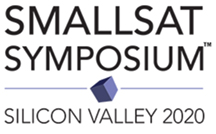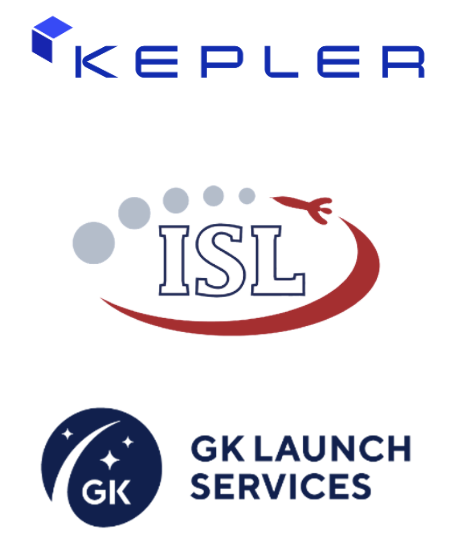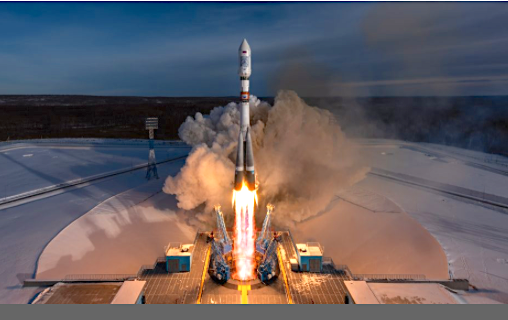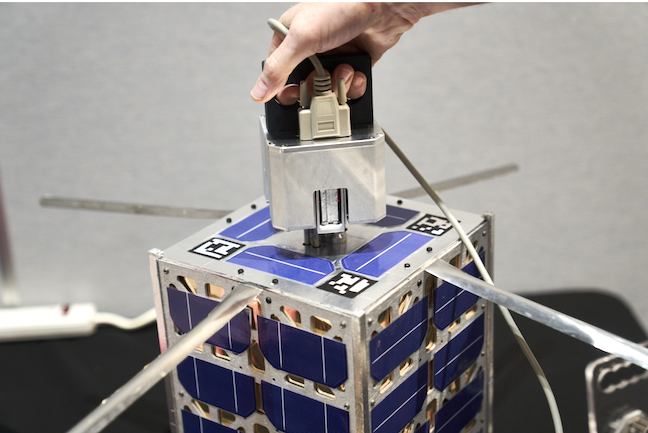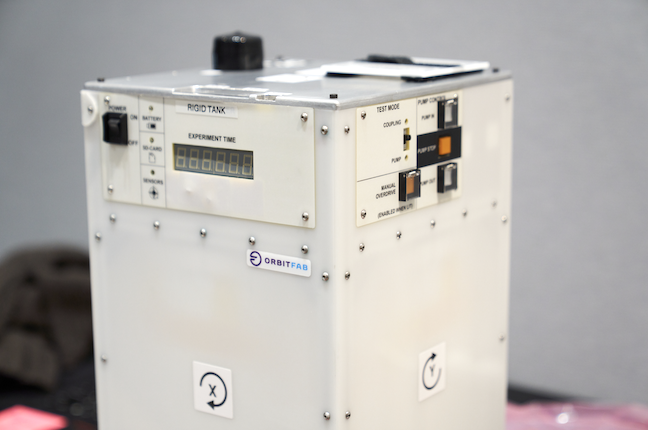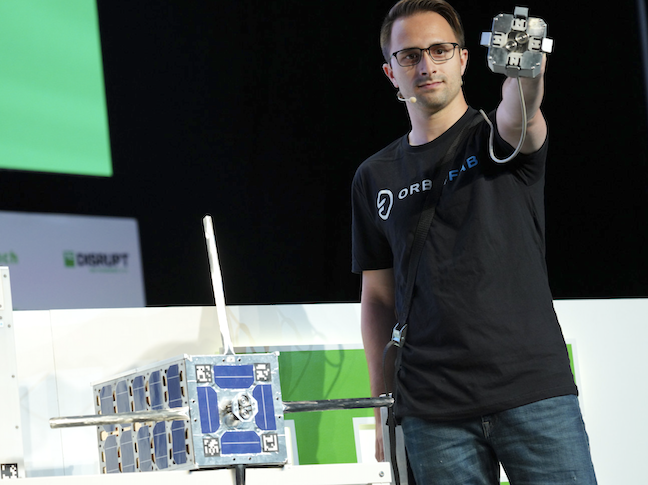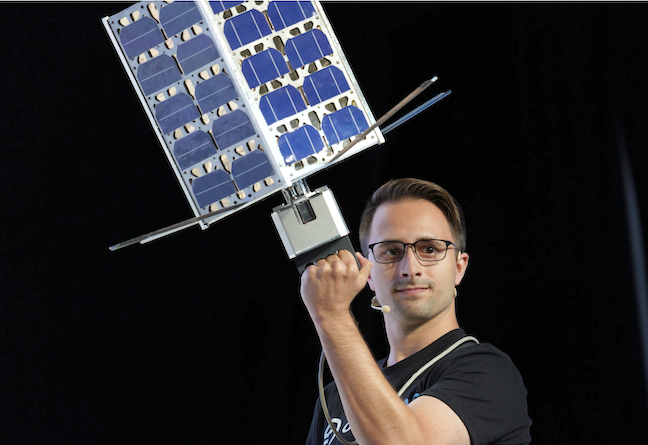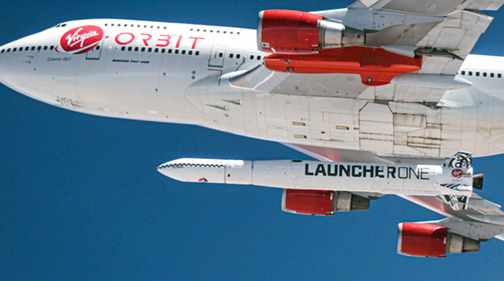
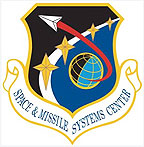
Firefly Black, LLC has been selected by the U.S. Air Force Space and Missile Systems Center’s Small Launch and Targets Division as a launch service provider for the Orbital Services Program-4 Indefinite Delivery/Indefinite Quantity contract.
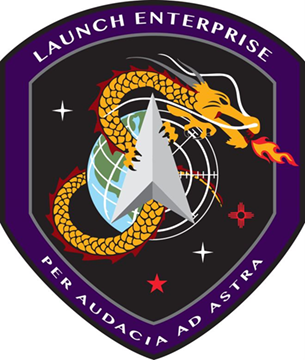
Valued at up to $986 million, OSP-4 seeks to provide the Air Force with responsive launch solutions as a follow-on to its successful OSP-3 program.
Firefly Black intends to bridge demand between pure small launch capability and that provided by the National Security Space Launch program by providing a family of small-to-medium launchers and in- space transportation services.
Firefly Black, LLC is the national security and civil space subsidiary of Firefly Aerospace. Firefly Black provides launch services to Department of Defense, intelligence communit, and civil space customers seeking small-to-medium launch solutions for up to six metric tons of payload to LEO.
Using Firefly Aerospace’s Alpha and Beta launch vehicles and in-space Orbit Transfer Vehicle, Firefly Black provides America with industry leading capability at the lowest cost/kg in the emerging small launch vehicle class. Headquartered in Washington, DC, Firefly Black also performs Legislative and Executive Branch outreach and advocacy supporting the small satellite and small launch industries.
Leslie Kovacs, the President of Firefly Black, said the company is honored to have been selected by the Air Force for this key government space launch acquisition. Continuing rapid successes in the all-private development of the firmn’s Alpha launch vehicle, including Stage 2 qualification, a successful quad engine firing of our first stage, and conversion of Space Launch Complex 2 at Vandenberg AFB to support the company’s first quarter, 2020 first launch, underscore Firefly Black’s commitment to answer the nation’s call for responsive and reliable small launch services.
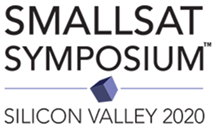
For all involved in the satellite and space industry and the various market segments that add value to these dynamic environments, the 2020 SmallSat Symposium is truly worth your consideration for attendance.
The SmallSat Symposium is hosted by Satnews Publishers which, since 1983, has been a provider of a satellite news, media and events. This information packed forum was created to enable you and your company to secure a larger portion of market share as well as to take part in the next stages of your company’s or organization’s growth.

The personal connections at the SmallSat Symposium enable attendees to network with established organizations, subject-matter experts as well as ‘New Space’ entrants.
The SmallSat Symposium will focus on new technologies and the business environment that is shaping the implementation of smallsat constellations, smallsat launchers, the challenges facing the smallsat developer and actors as well as the enormous benefits of these advanced technologies that will benefit our world.
This event assembles more than 100 diverse speakers, all of whom possess deep industry experience. Additionally, numerous opportunities exist to mingle and network with peers while enjoying exceptional, complimentary meals and refreshment breakfast.

